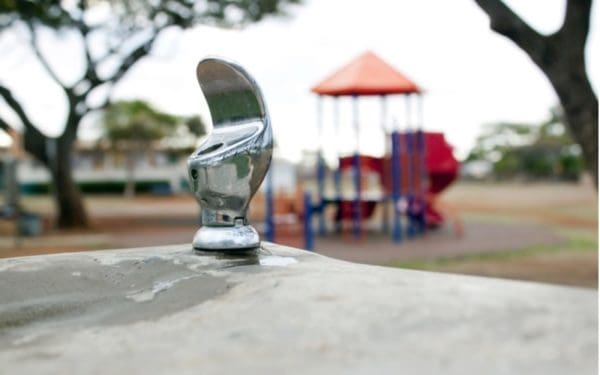Burning Waste Poisons People
Jackie Mercurio is carrying on her mother’s fight against a toxic waste incinerator.
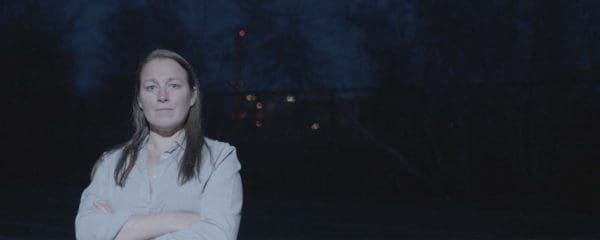
Jackie Mercurio is carrying on her mother’s fight against a toxic waste incinerator.

Making any life change takes time, and the same goes for slashing your trash – including what goes in your recycling bin. That’s why we’ve put together this list of tips to help you get started.
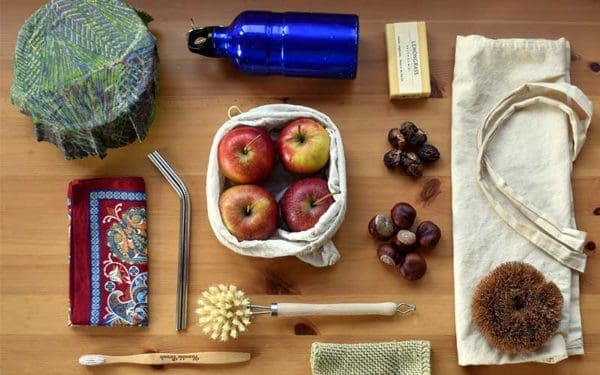
Food and yard waste hurt our economy and environment. But home composting can help! Get your backyard compost started using these handy guidelines.
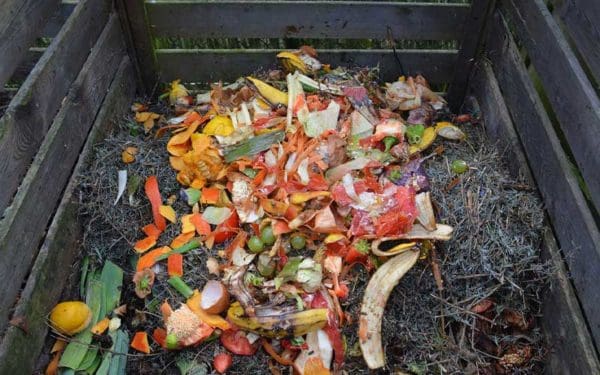
This new rapid Health Impact Assessment (HIA) explores how transit-oriented development impacts health and contributes to social, environmental, and economic changes. A collaboration between the Metropolitan Area Planning Council and Conservation Law Foundation
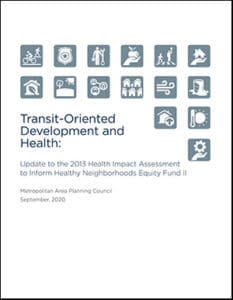
One of the best ways to slash your trash is to reuse or repurpose what you already have, rather than buying something new. Check out this infographic and see how you can give these five items new life.
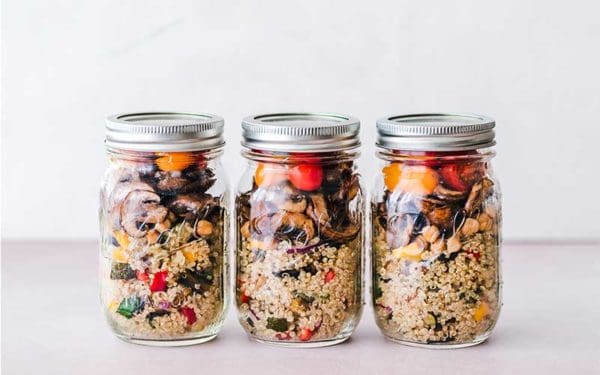
For too long we’ve relied on outdated and polluting systems to deal with our trash. What we need are new, sustainable systems that aim to reduce the trash in our lives, while protecting our people and our planet. And we can make that happen right now.
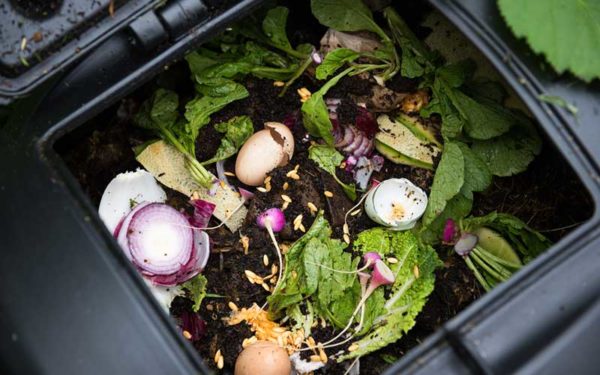
Nearly all key stakeholders and public officials have embraced this opportunity to transform Boston’s western gateway into a showpiece of enhanced urban design and environmental planning, with a new transit station in Allston at the heart of the plans. Let’s get this project done. We can think big to improve mobility and protect the Charles River
Communities across New England deal with the crude repercussions of local incinerators every day. As long we allow these facilities to operate, they will continue to poison our planet and our people.
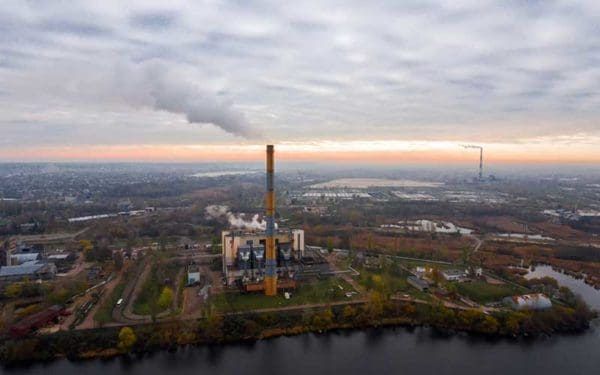
“We should never have to wonder if the water coming out of our taps is safe,” said Jen Duggan, Director of CLF Vermont. “The federal government has utterly failed to protect us from these toxic forever chemicals, so it is up to Vermont to take action. Vermonters must make their voices heard and tell regulators to put standards in place that get all of these chemicals out of our water once and for all.”
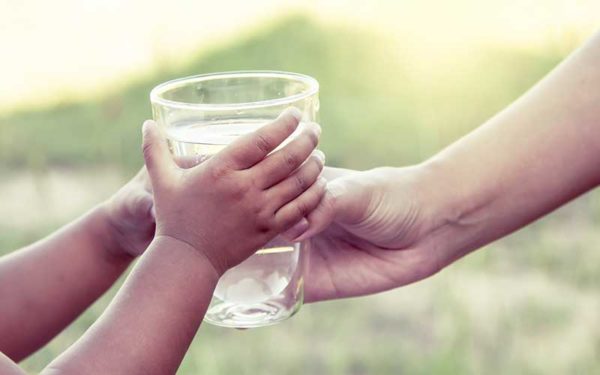
At a time of great concern about the COVID-19 pandemic and the potential risks posed to students, teachers, and families, it’s important not to lose sight of a lingering, ongoing health problem – one that can have lifelong consequences for our kids, but that is easily preventable: lead-contaminated drinking water.
